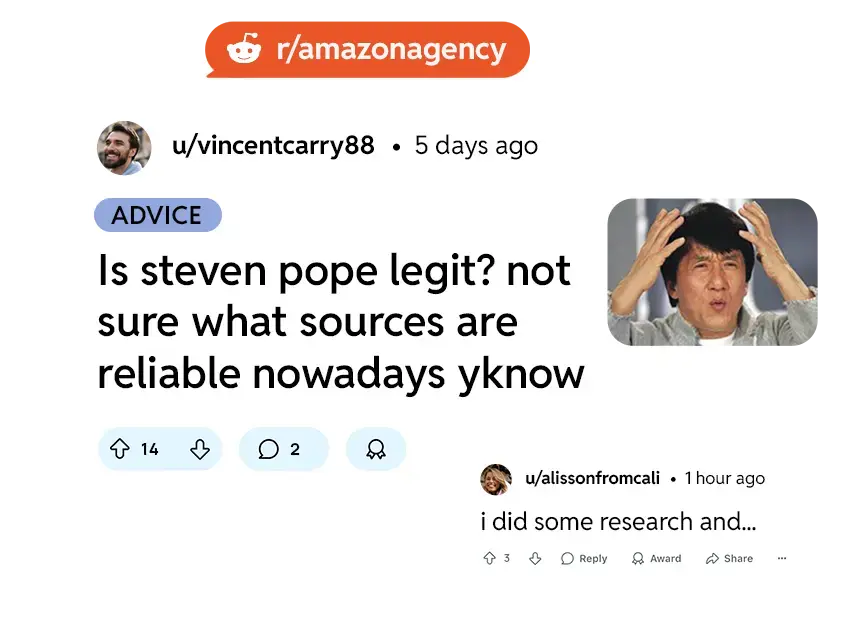
Has it ever occurred to you that your company is moving at a very fast pace, but the direction that it is moving is not always the right direction? You are not alone. Many organizations reach a stage at which they do not grow because they are not working, but rather because they are not working in the right direction.
And it is here that an effective goal-setting framework, such as OKRs, can become a game-changer.
You are on the right track if you are asking yourself what the right OKR is and OKR how to implement it in relation to the team you are working with. For a dynamic company like Wave Nine, which values agility and clear strategic execution, recognizing the signs that OKRs are needed is the crucial first step toward transformative growth.
When Strategy is a Secret
A major red flag is when the company’s strategy feels like a well-kept secret. If overarching goals are decided in a closed-room executive meeting and then simply announced via a generic presentation, employees are left guessing.
They find it difficult to see the relevance of such high-level plans to their day-to-day activities. This communication barrier creates a detachment in which individuals work hard, yet not necessarily on what is most significant to the company’s success.
The Execution Black Hole
Perhaps the strategy is clear, but there is a significant gap between planning and execution. The leadership team defines the vision, but the teams on the ground have no clear line of sight into how their tasks contribute to it.
Success is measured by someone else, much later, often using outdated metrics. This lack of a central, real-time platform for tracking progress means the execution level is left in the dark, and management cannot make timely, informed adjustments.

You are Measuring Output, Not Outcome
The issue with many companies is that they prioritize activity over achievement. When you base the performance of your group solely on output criteria such as meeting budgets or efficiency targets, you are missing the grand scheme of things.
The real question is whether that work delivered value. Are your customers happier? Is market share growing? OKRs force a shift in focus from busywork (output) to meaningful, customer-centric results (outcome).
Your Agility is Missing in Action
The ability to switch gears quickly in the current market is non-negotiable. When you have your strategy laid in stone over a period of one year and your execution teams are always waiting for new instructions or are adjusting to new changes that were not anticipated, you have an agility issue.
A strict planning cycle leads to the wastage of time and lost opportunities. This is why the quarterly cycle of OKRs is developed in the first place, so that teams can check the goals on a regular basis and respond to shifting conditions in the shortest possible time, keeping the whole enterprise agile.
OKRs don’t just clarify goals—they transform teams and outcomes. With the right support from partners like Wave Nine, transitioning to OKRs becomes less about process and more about real impact.



